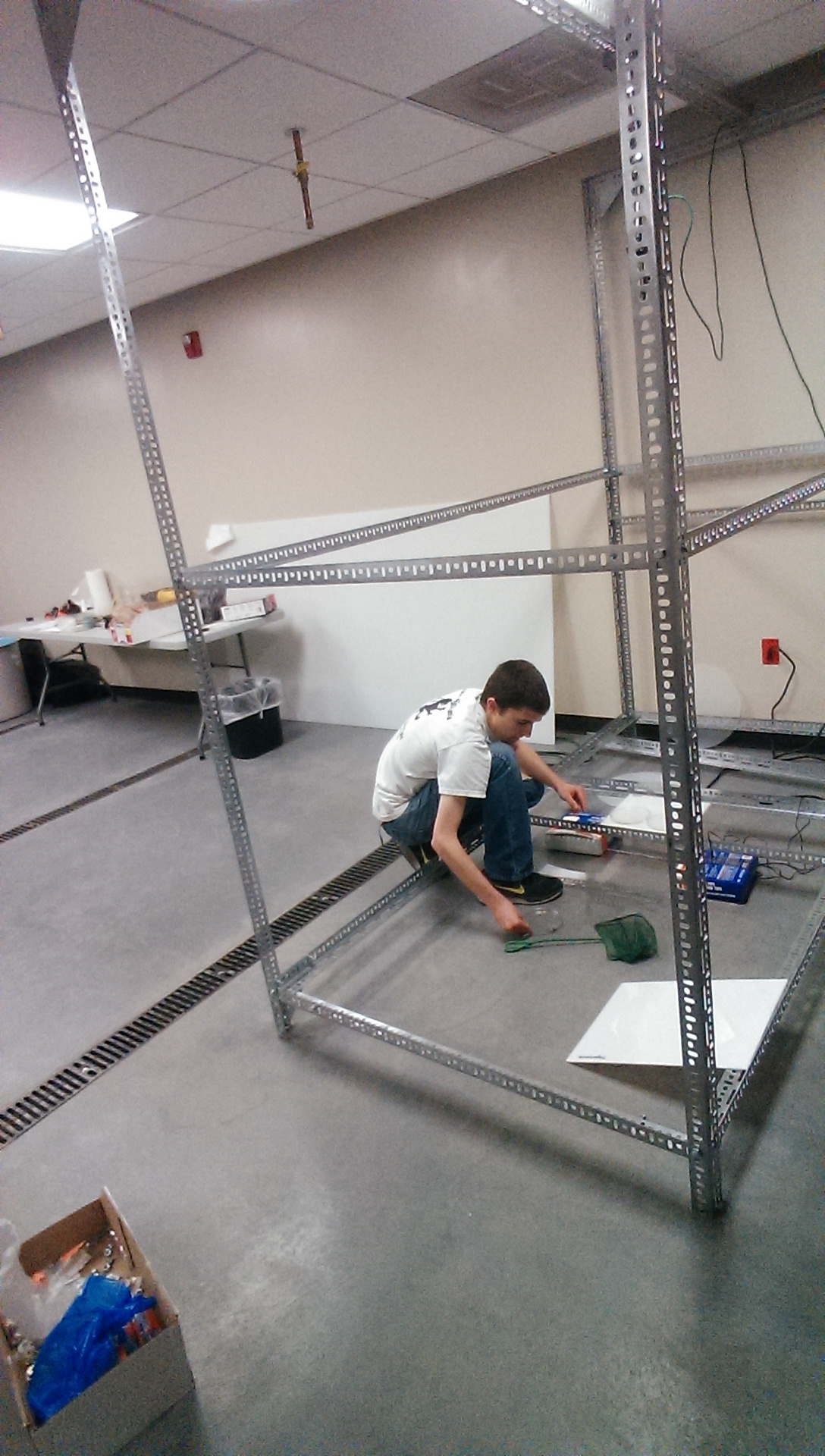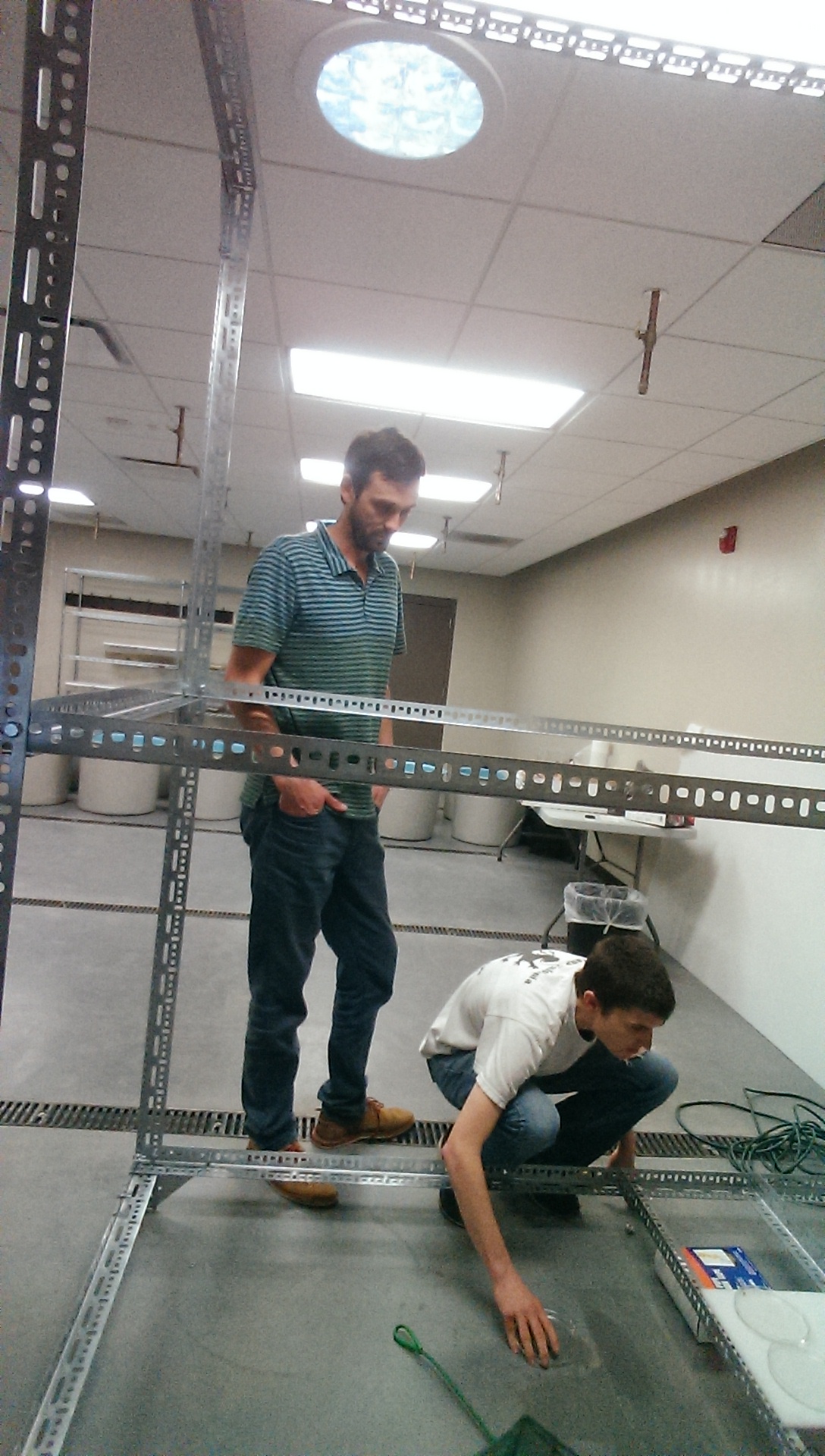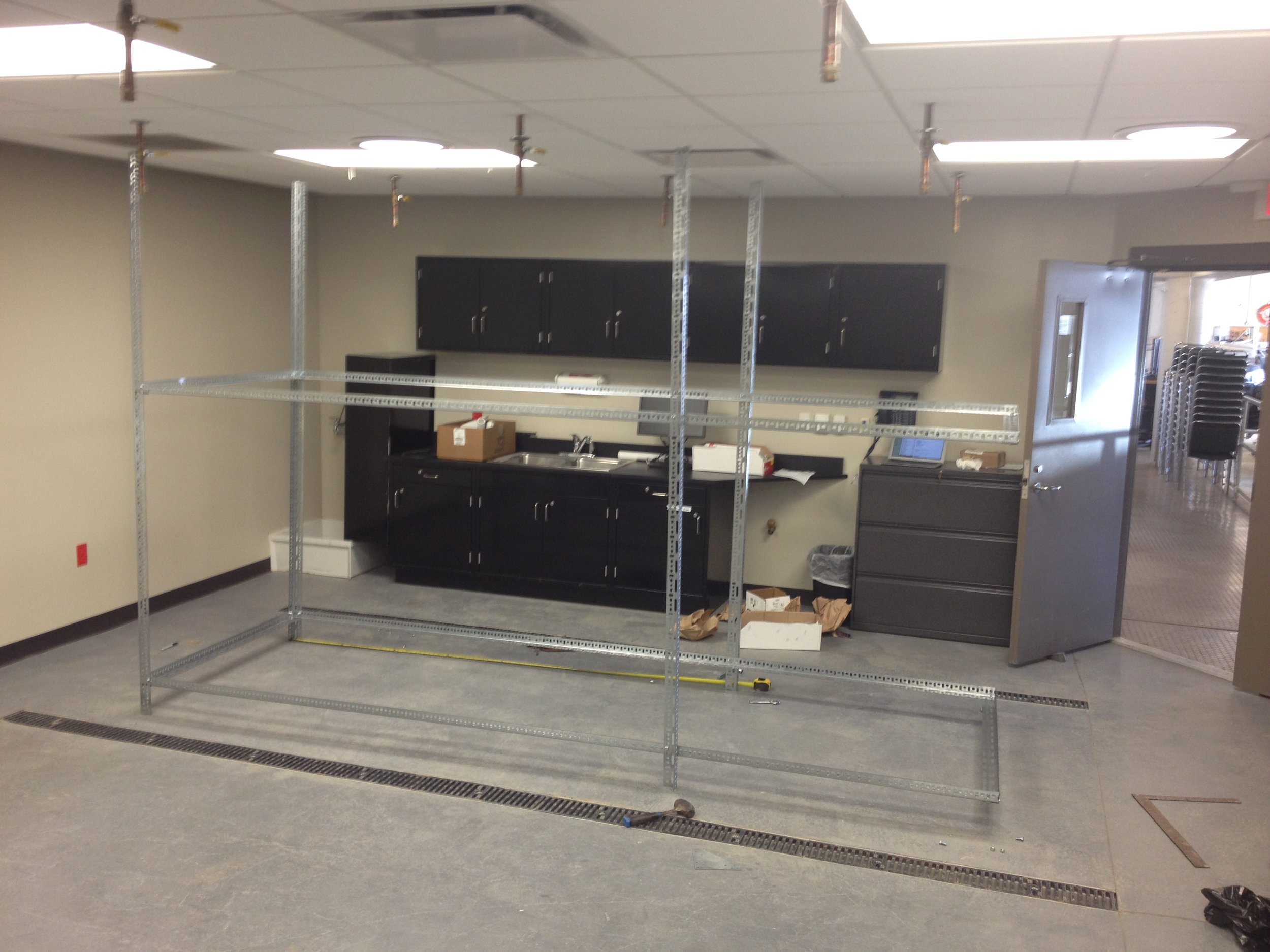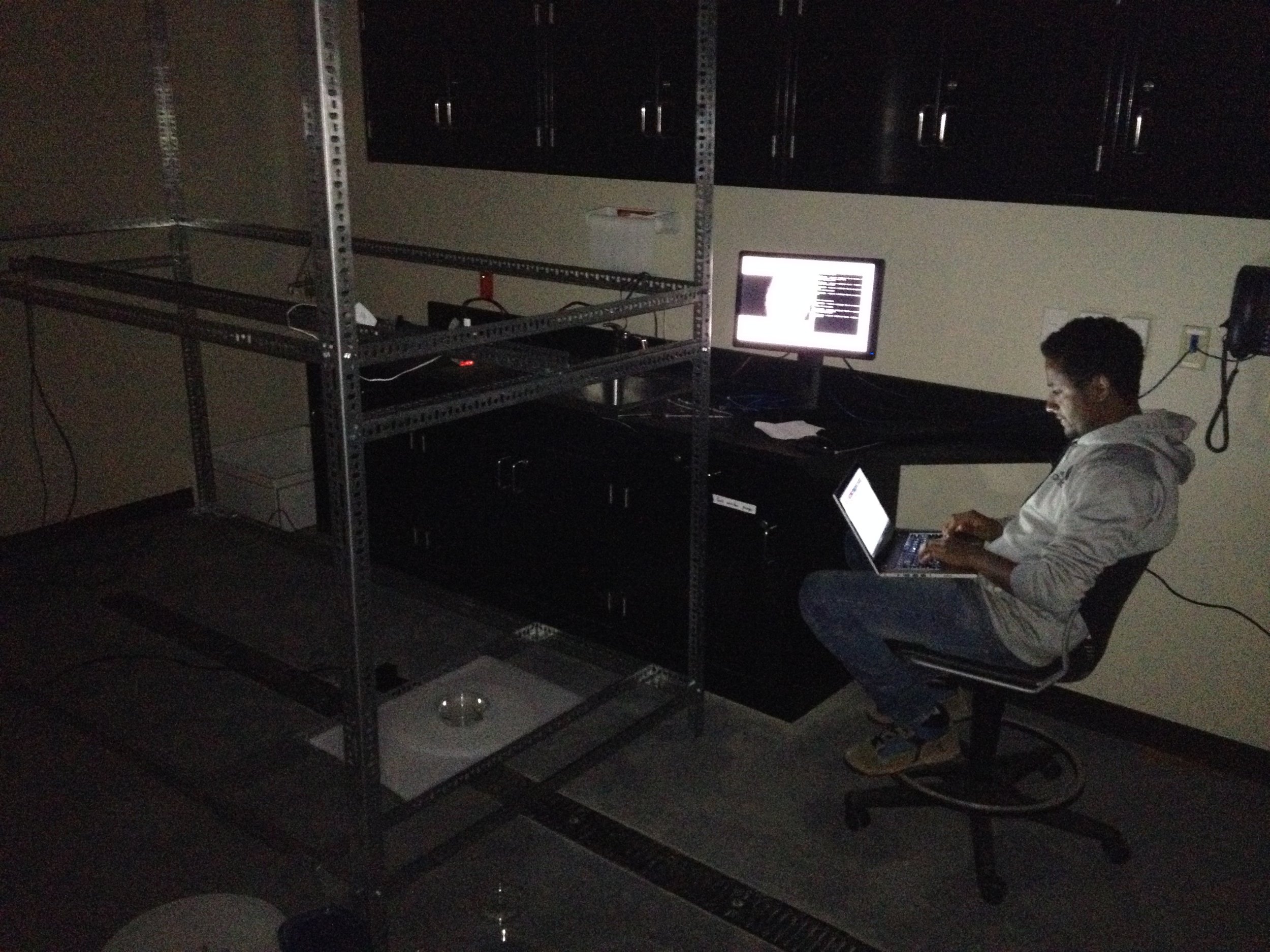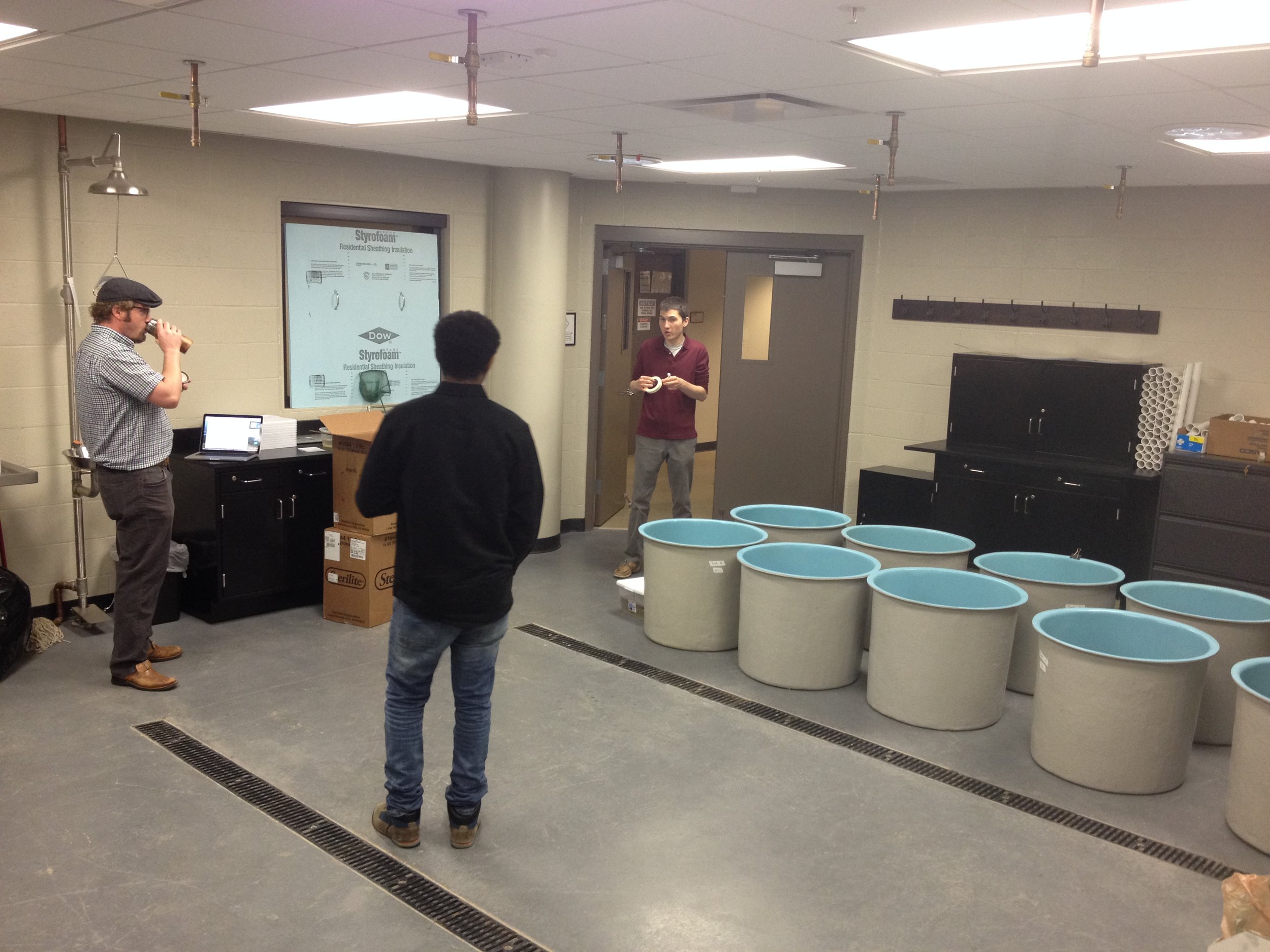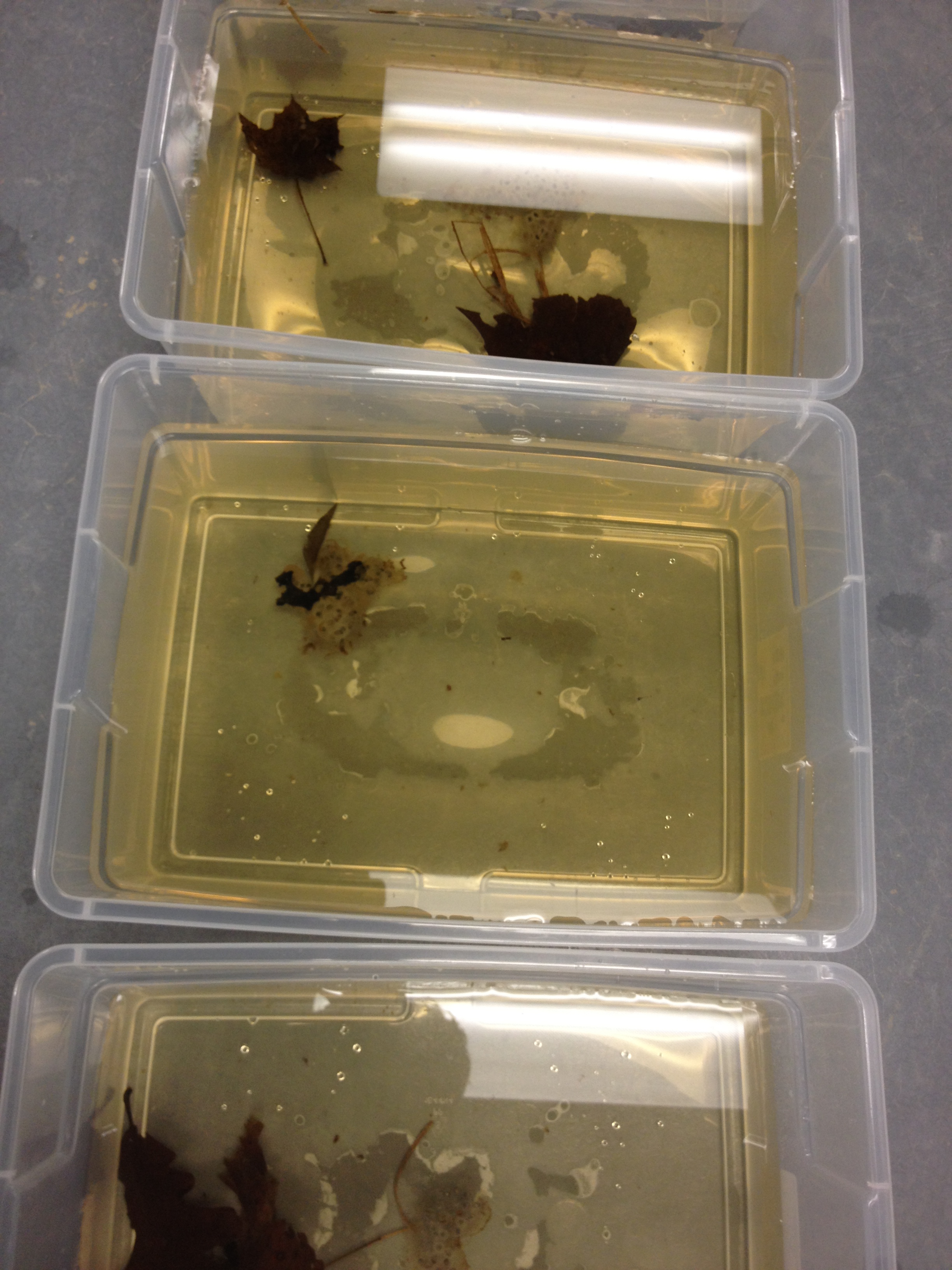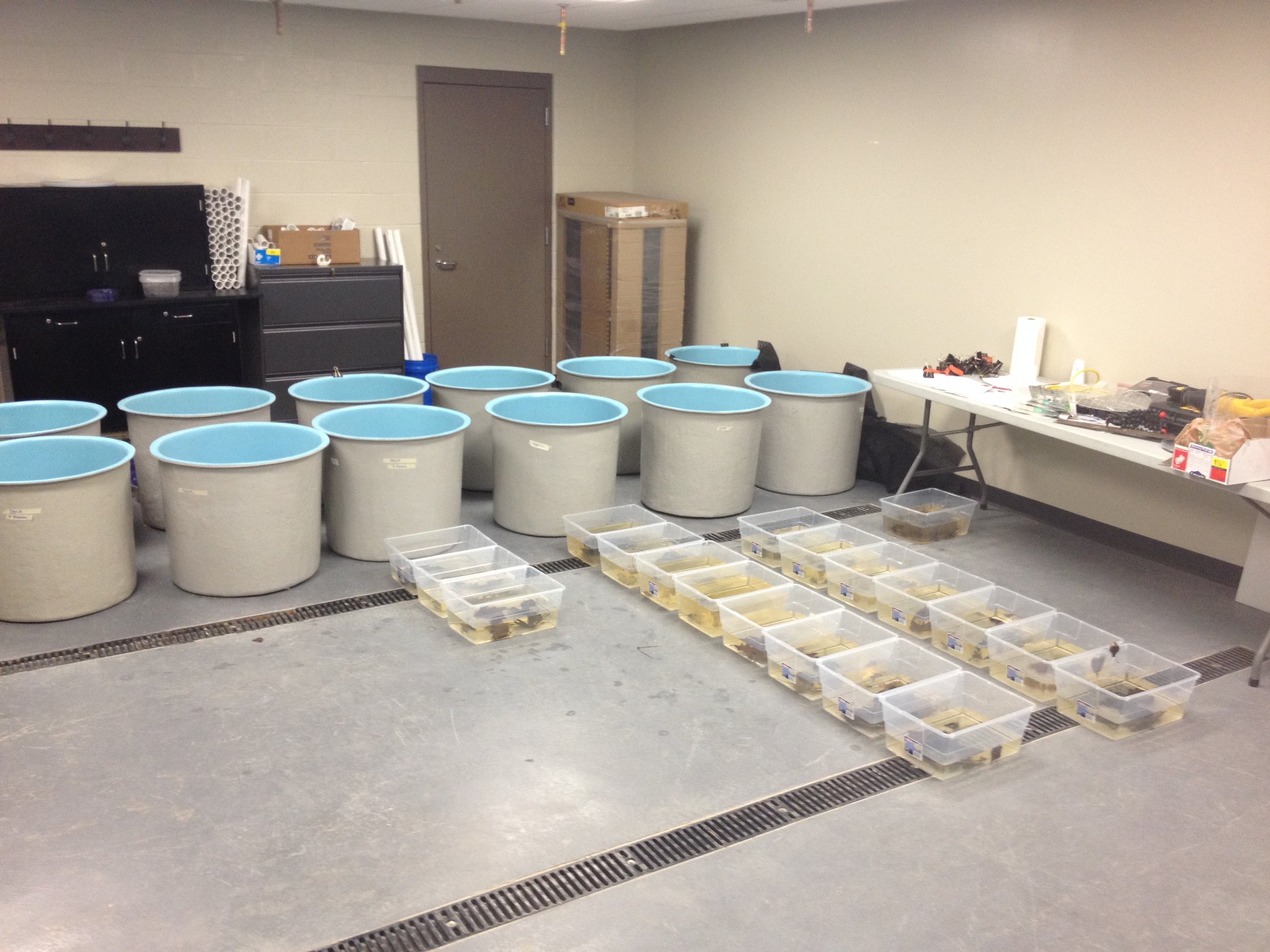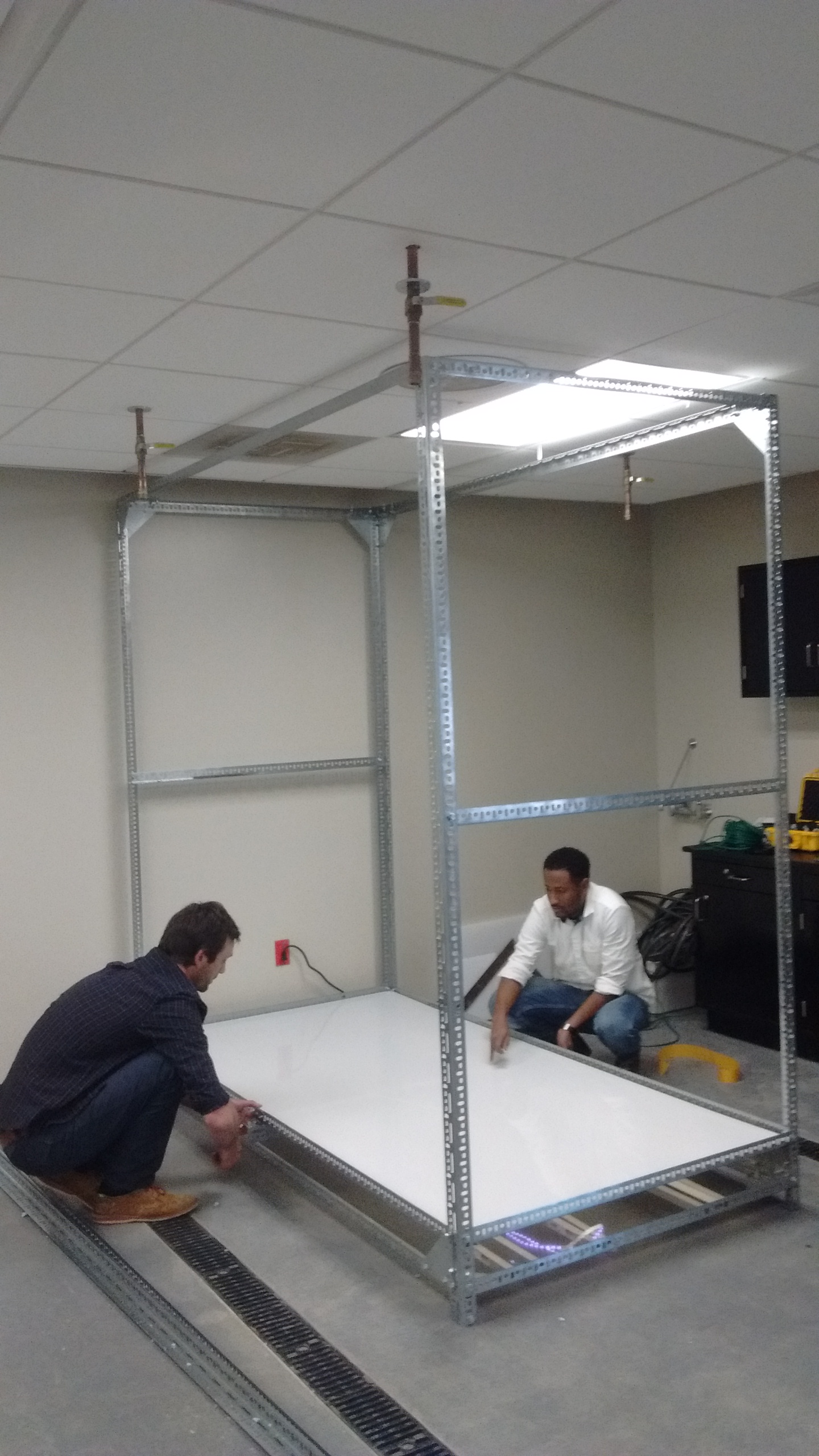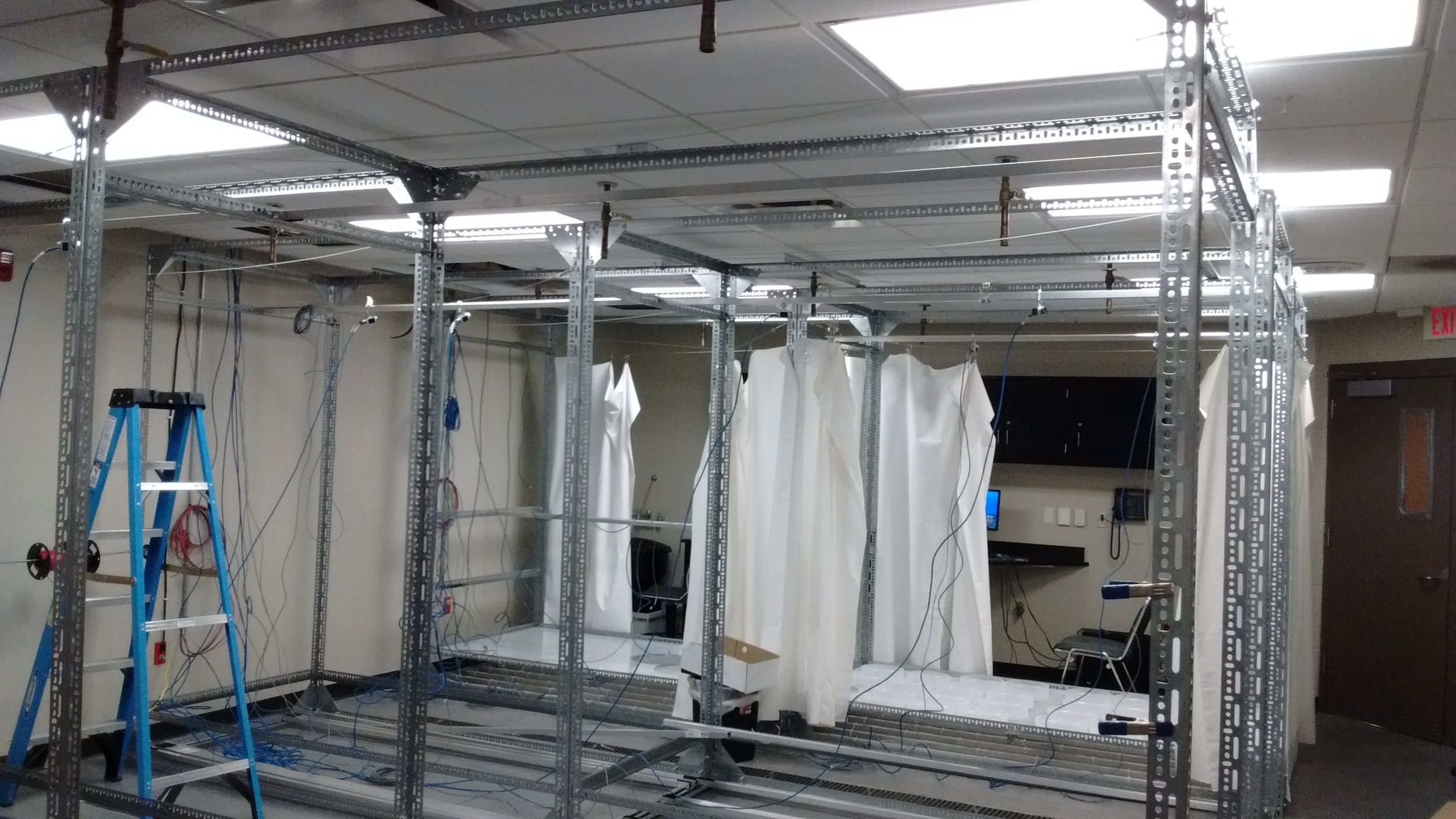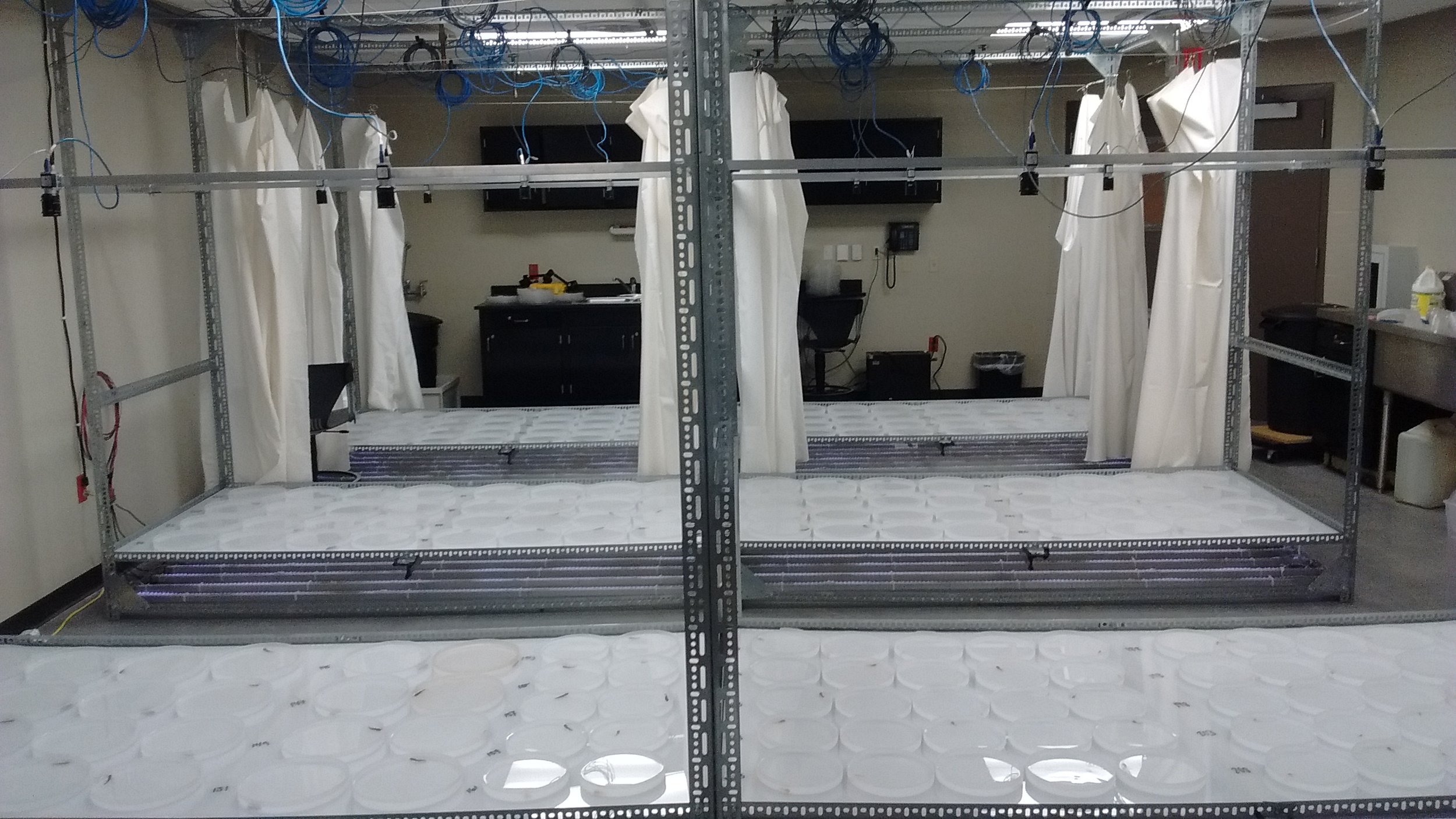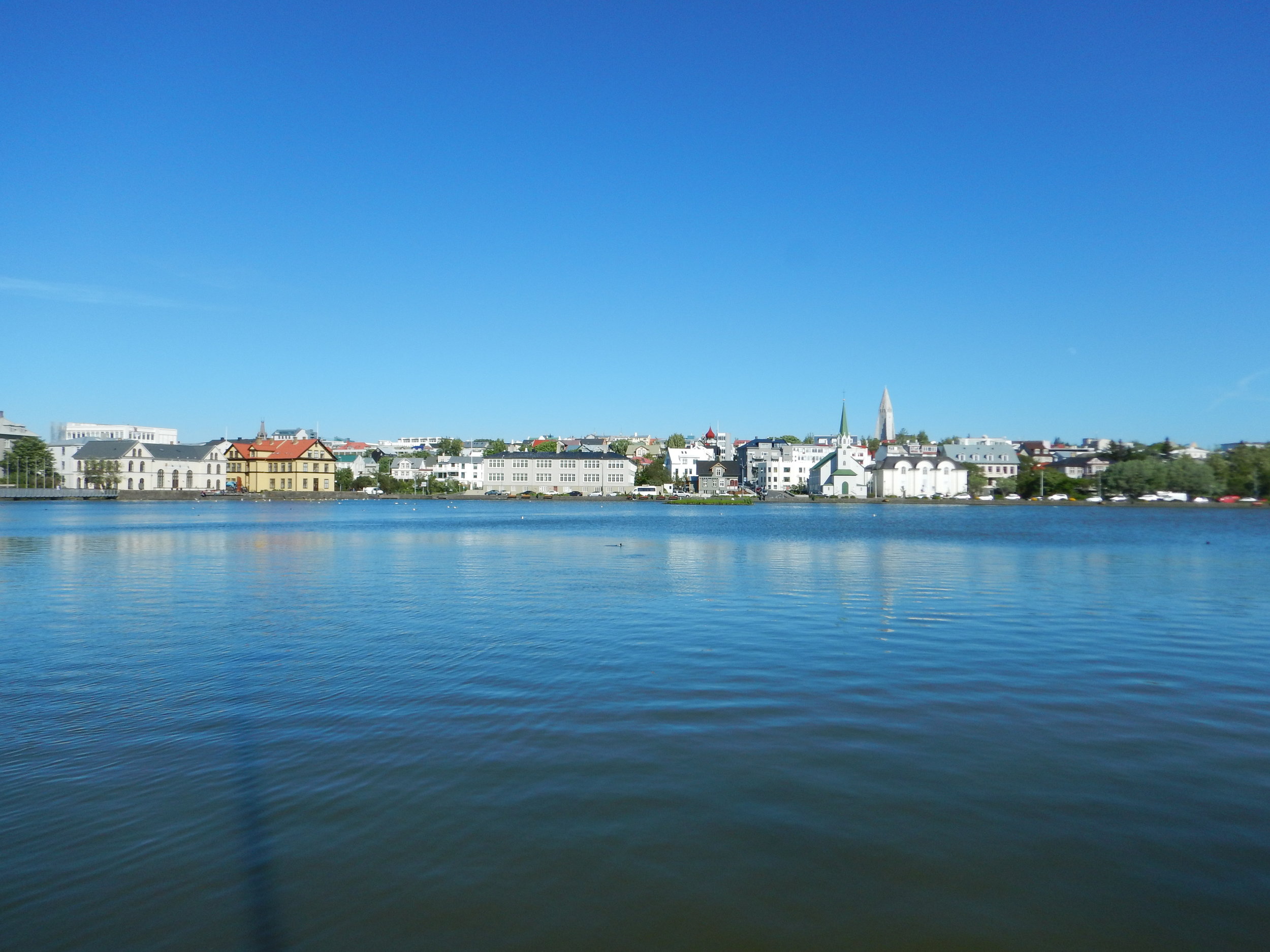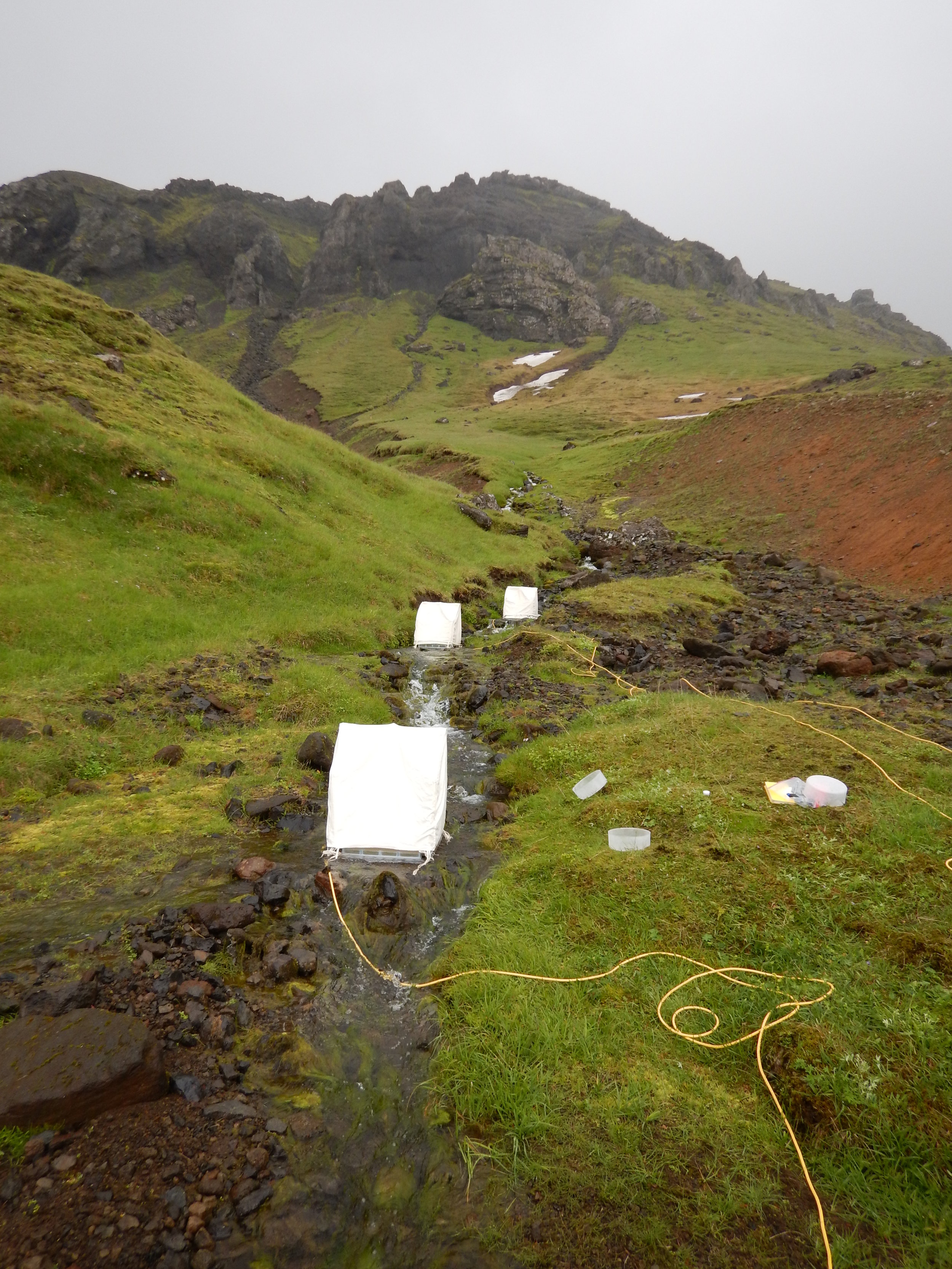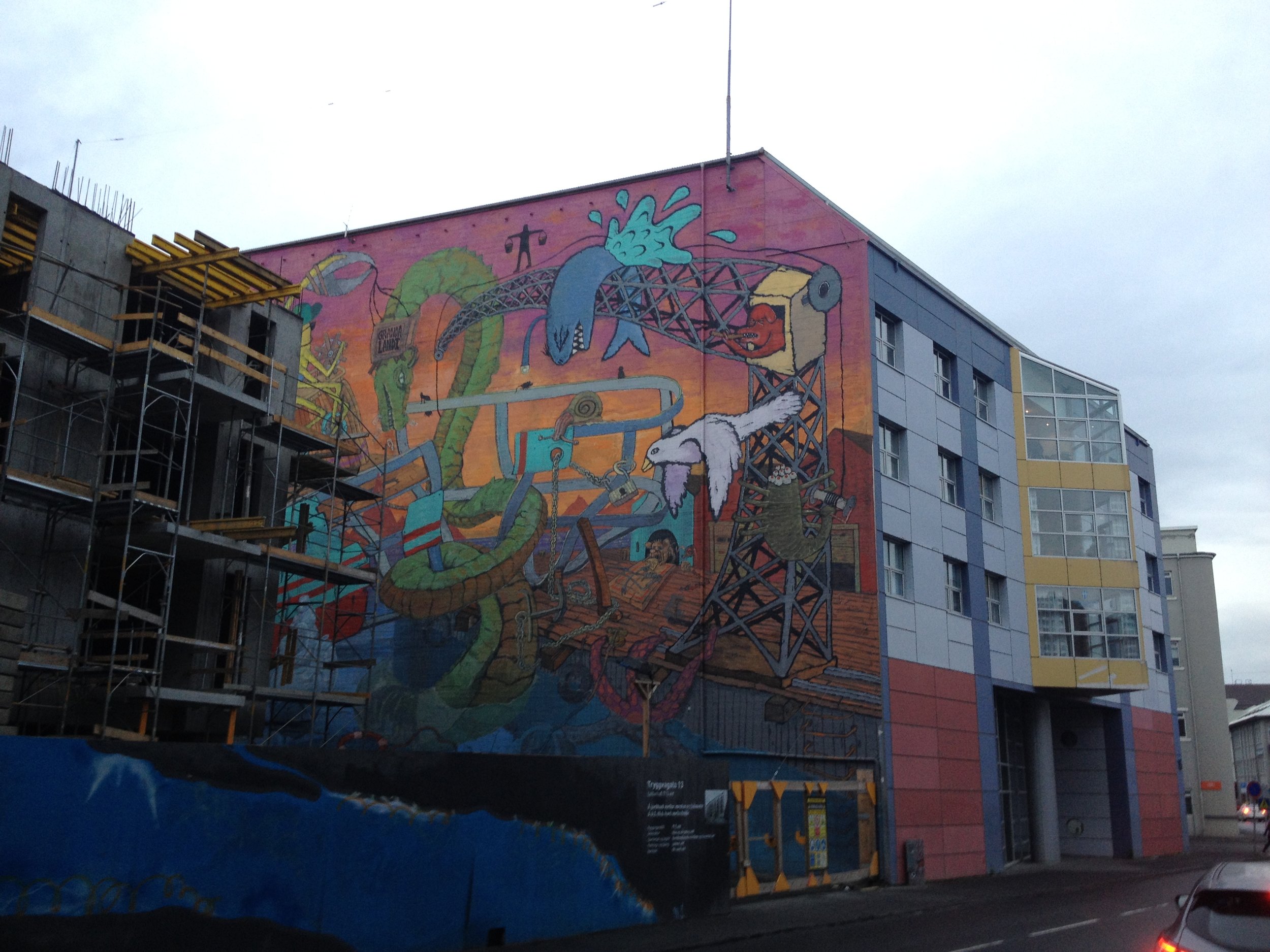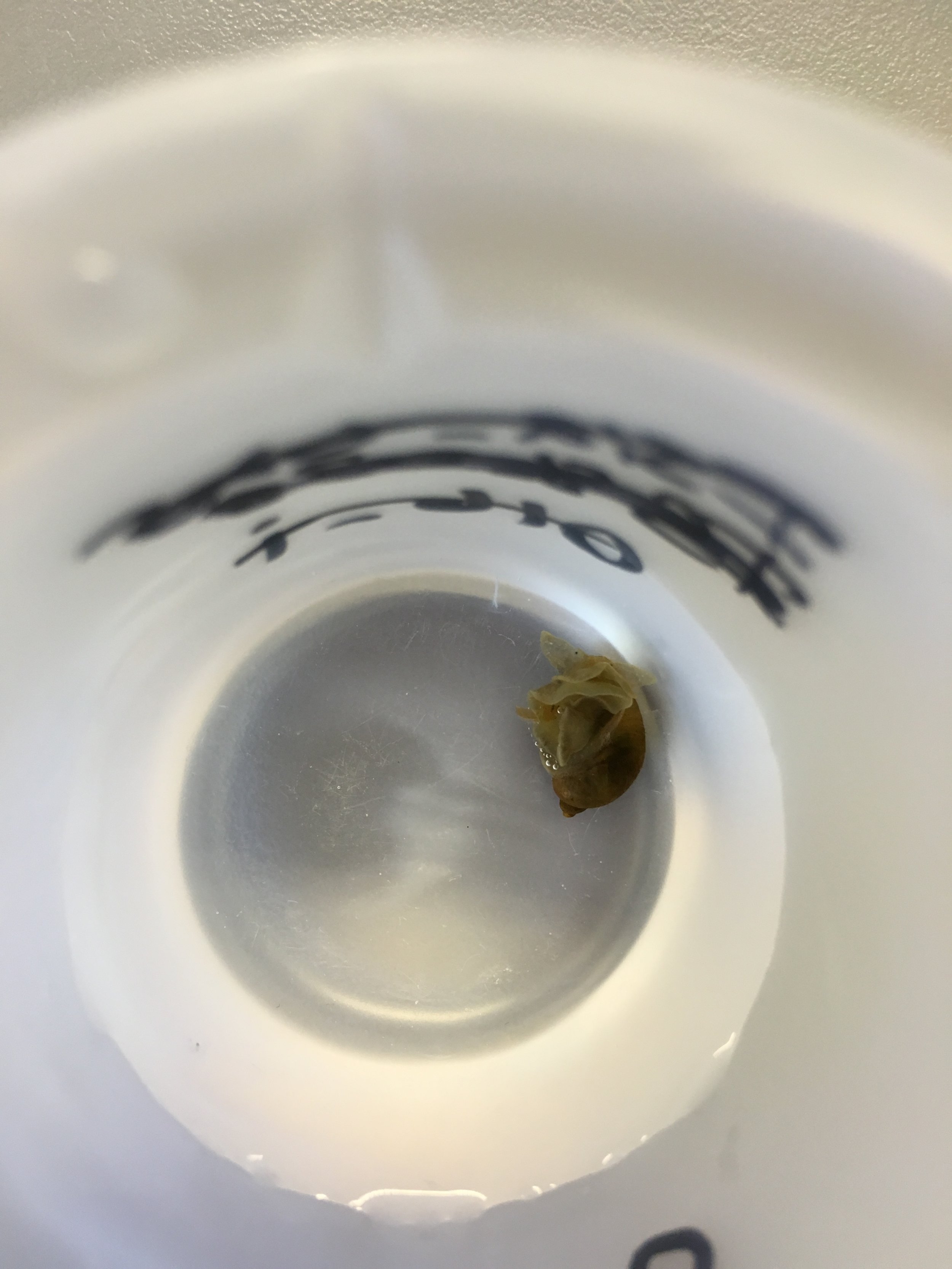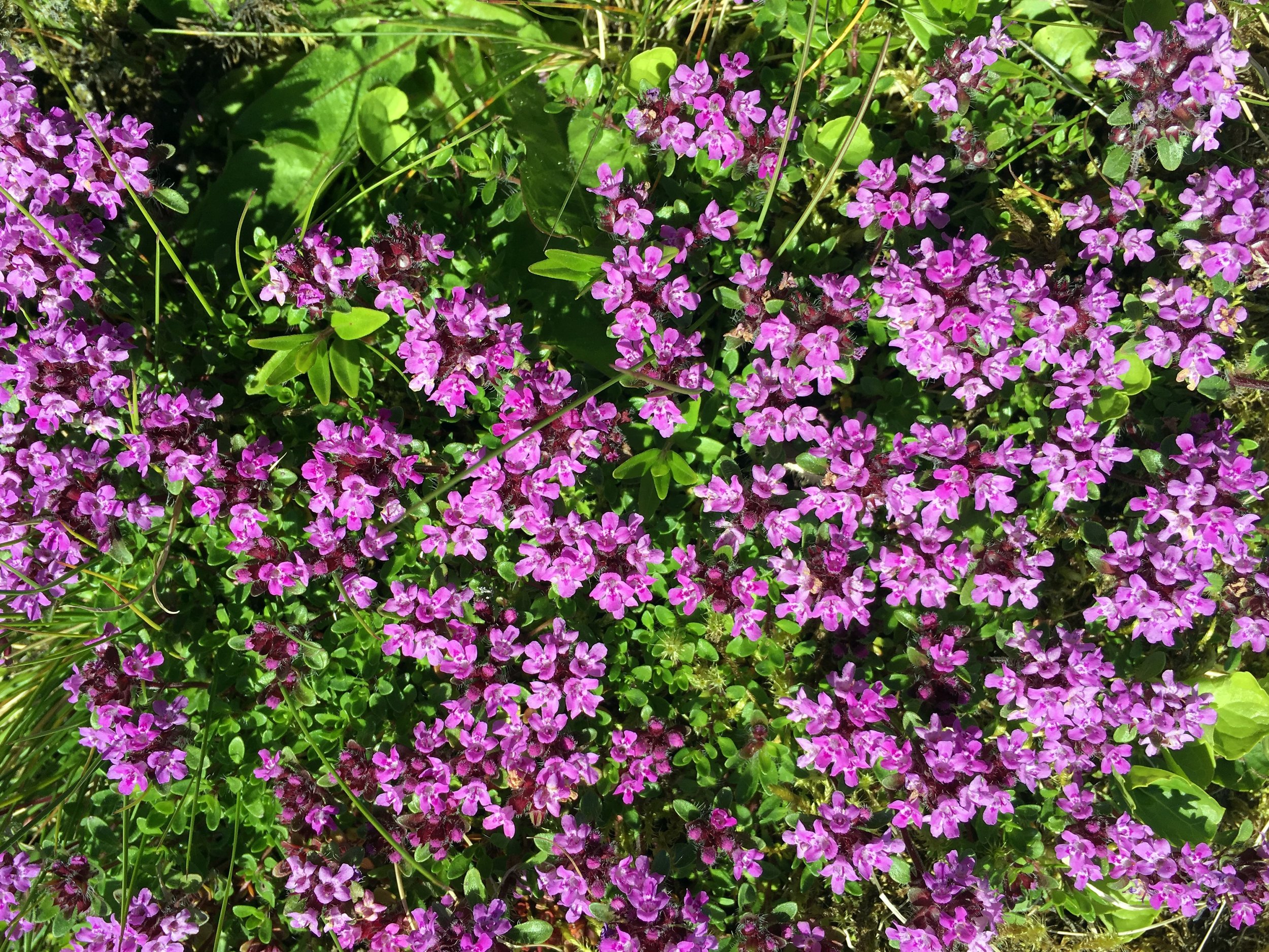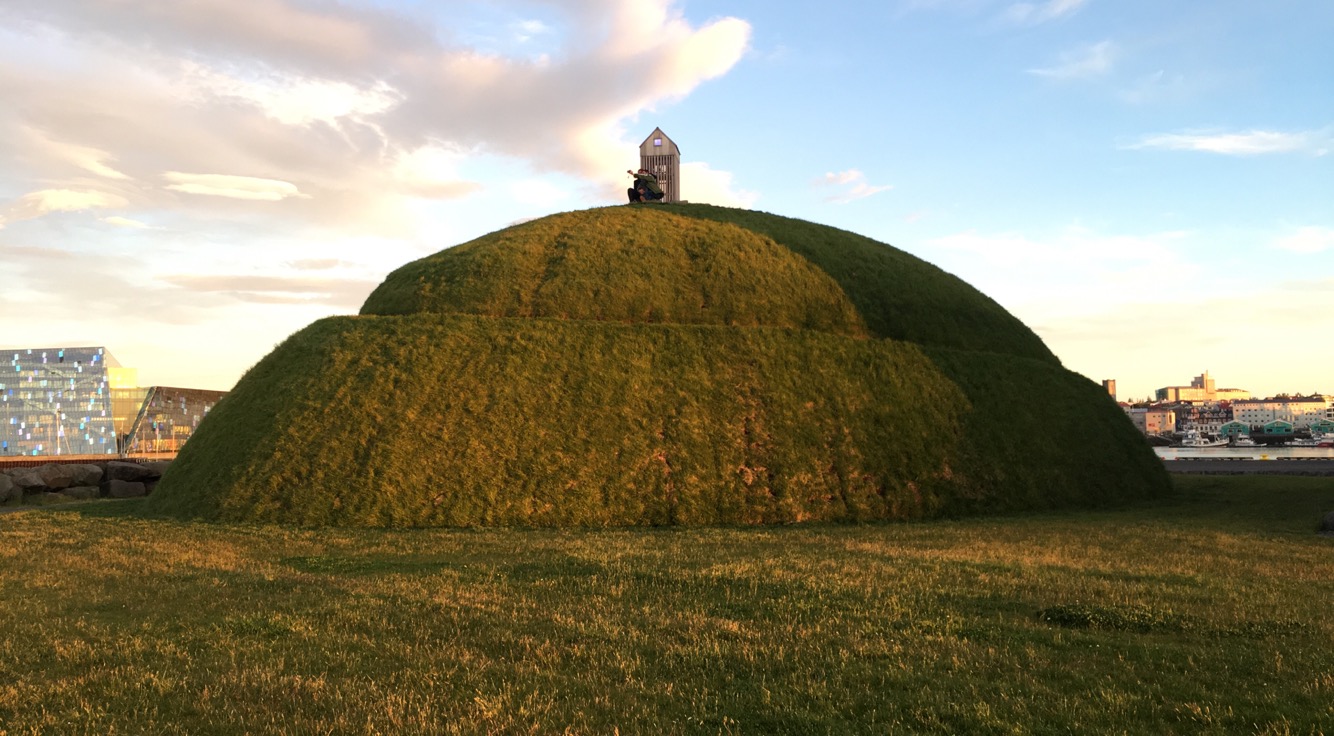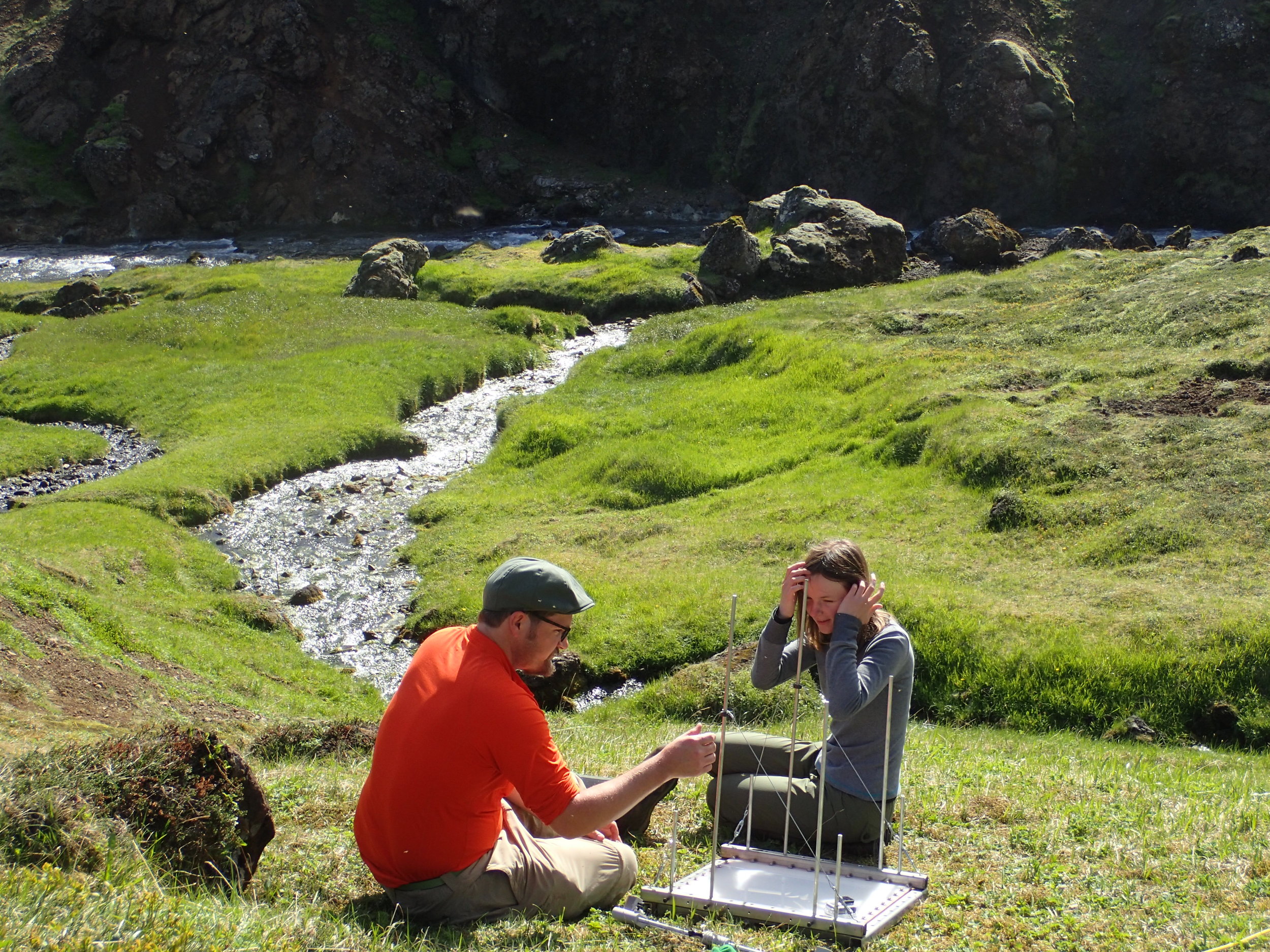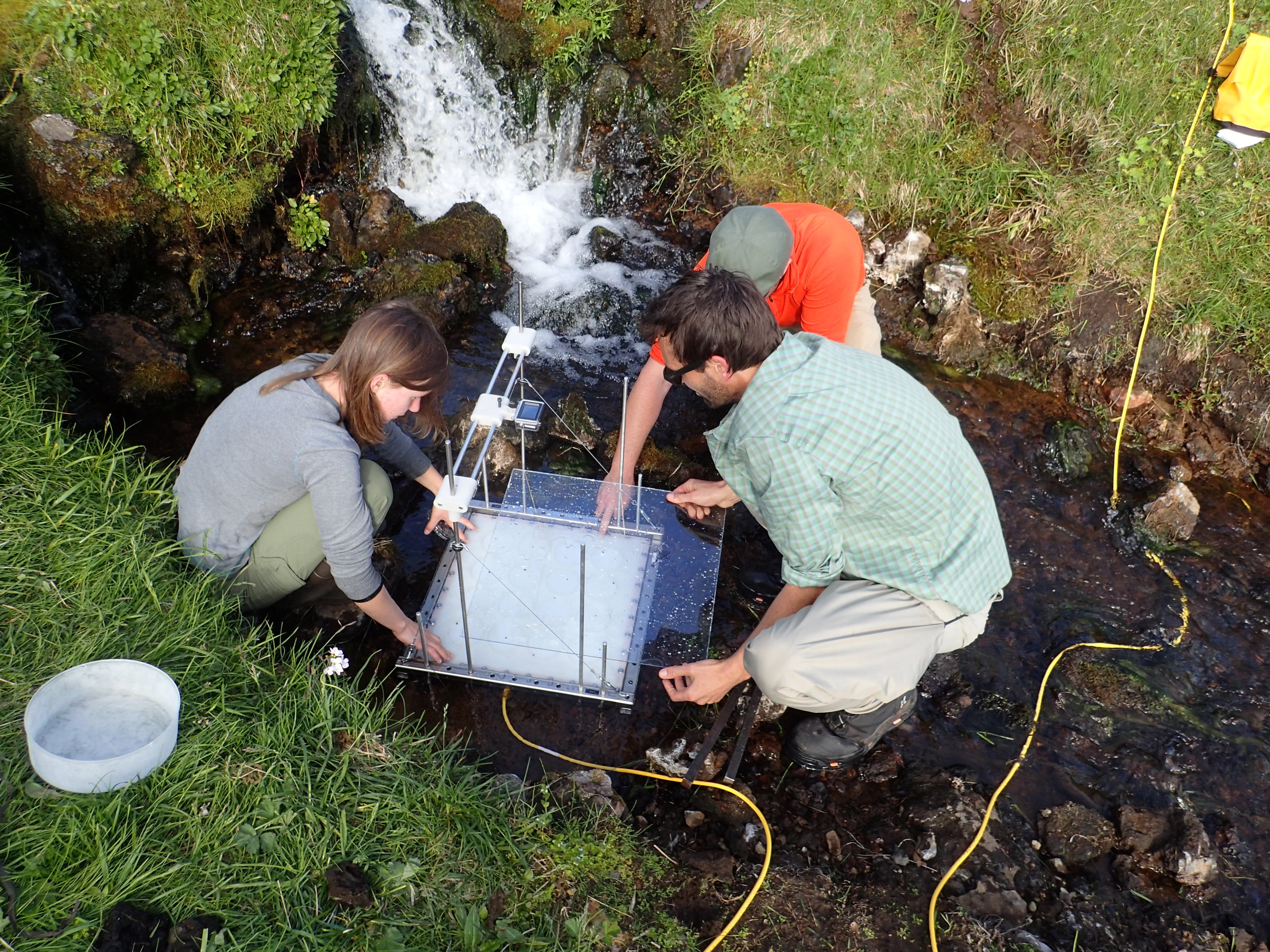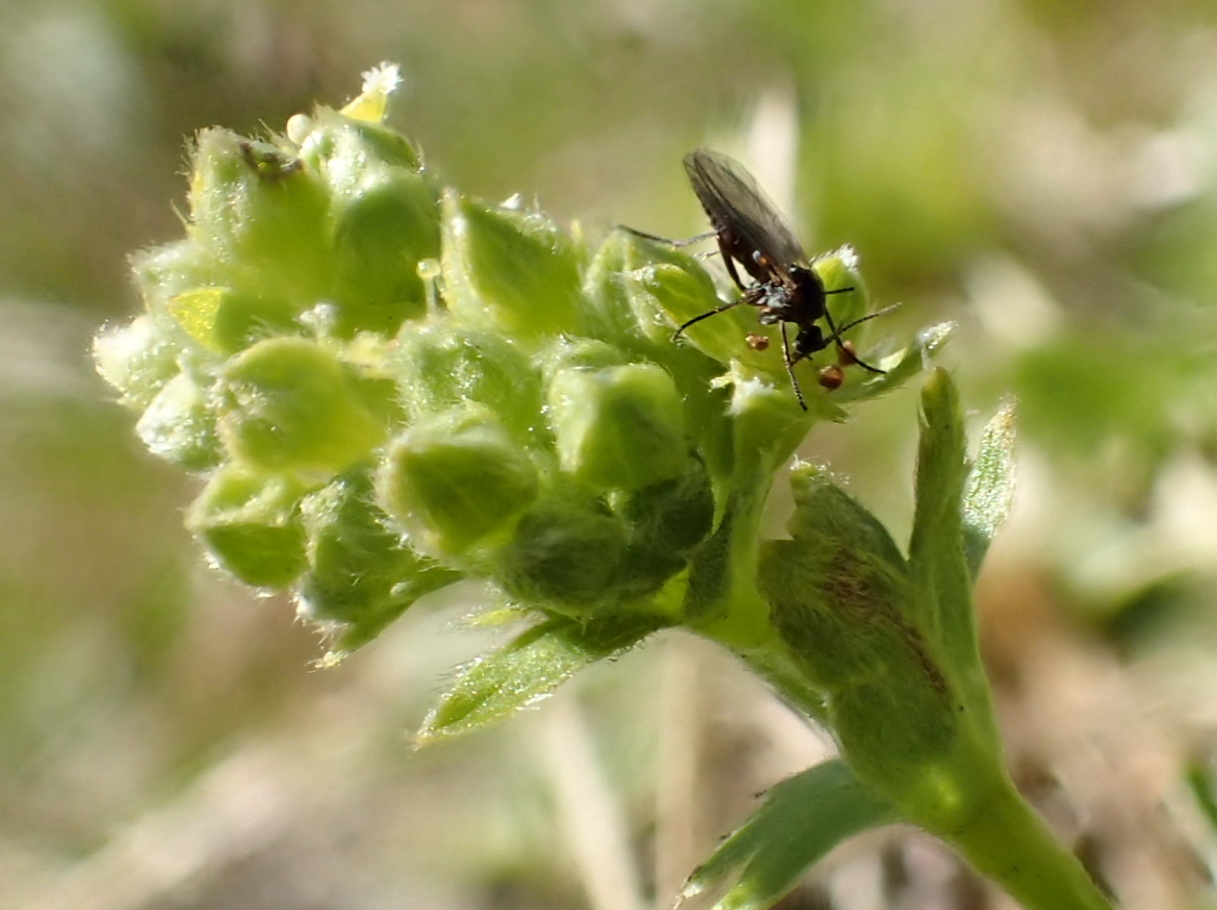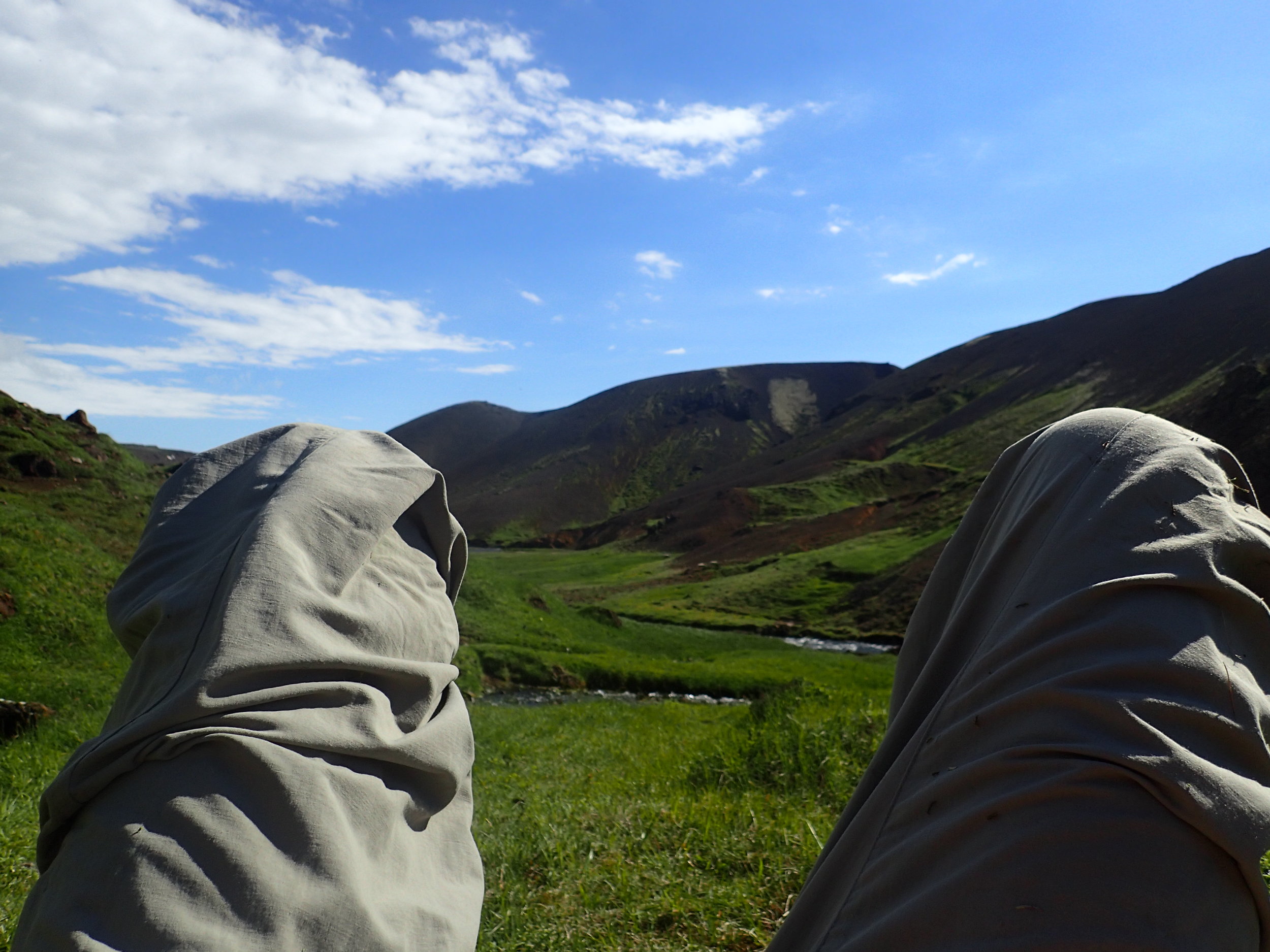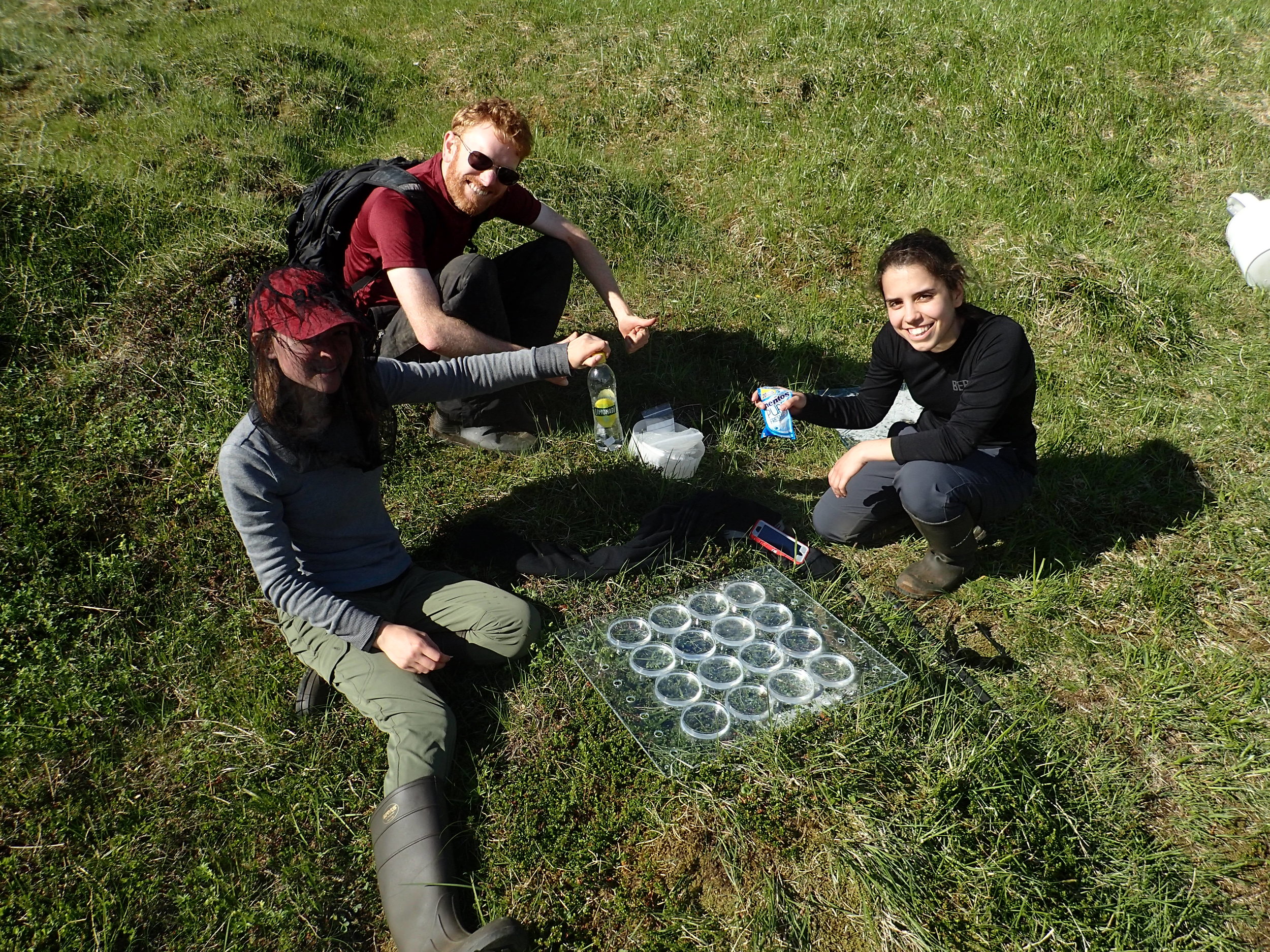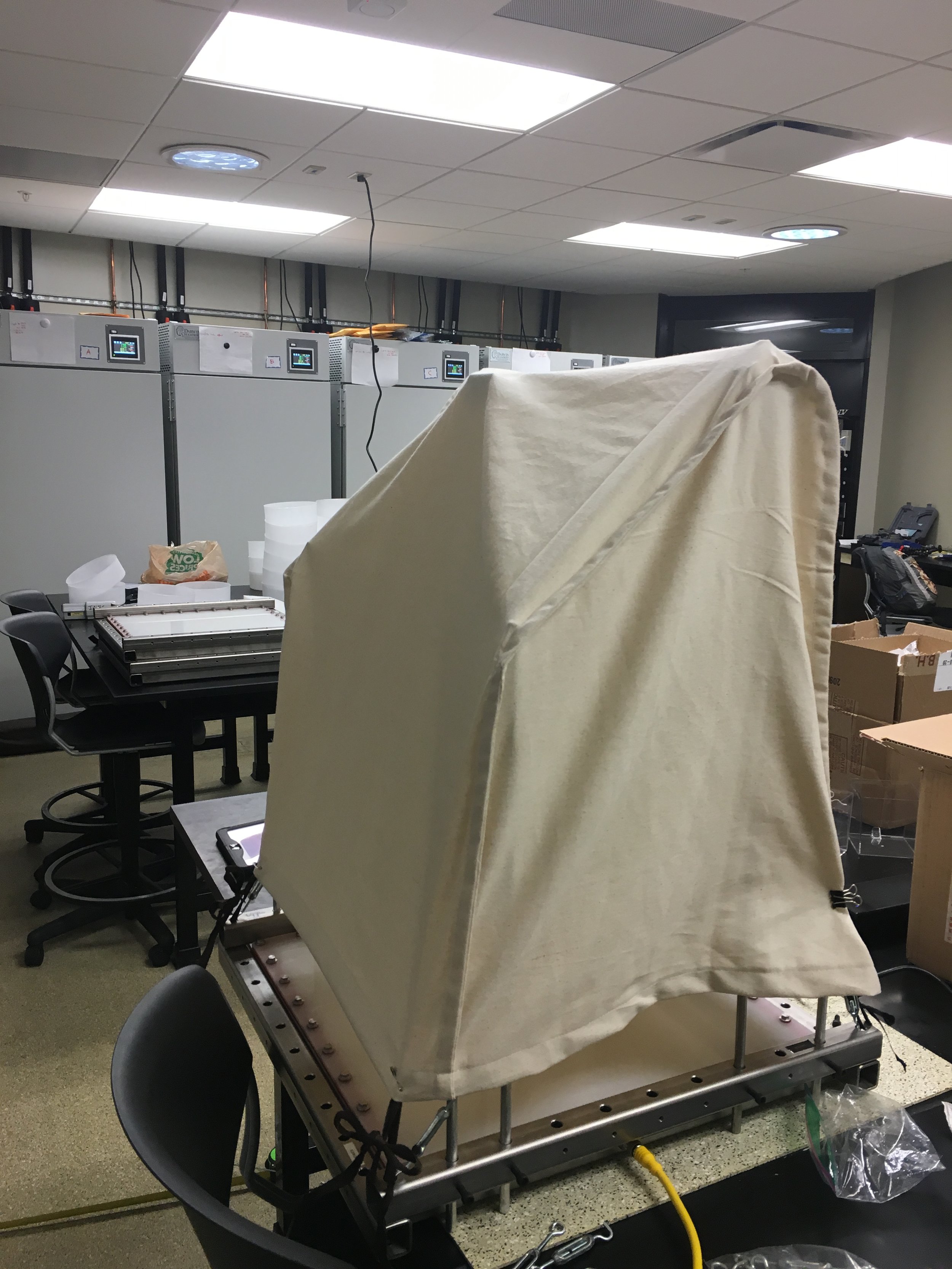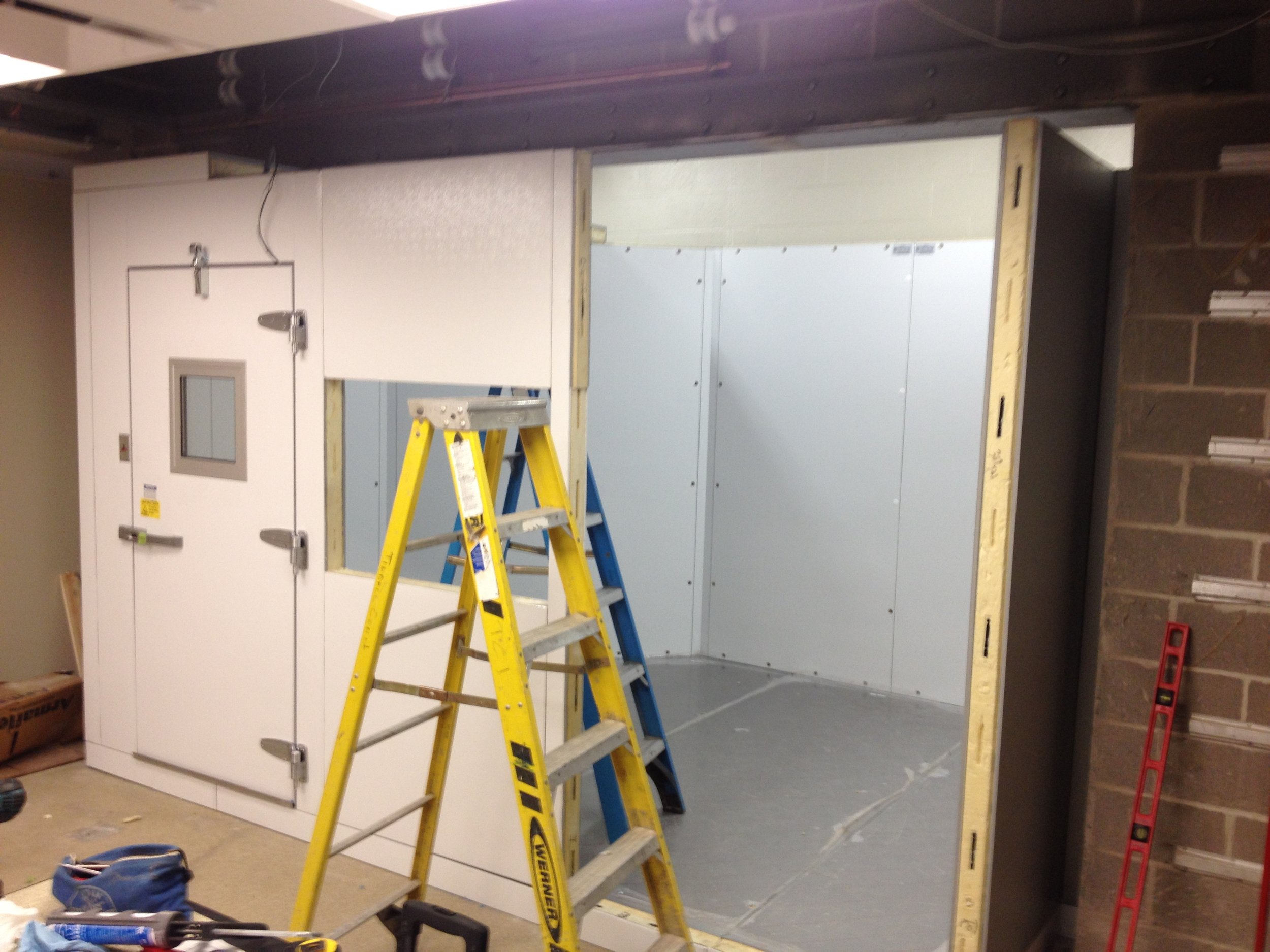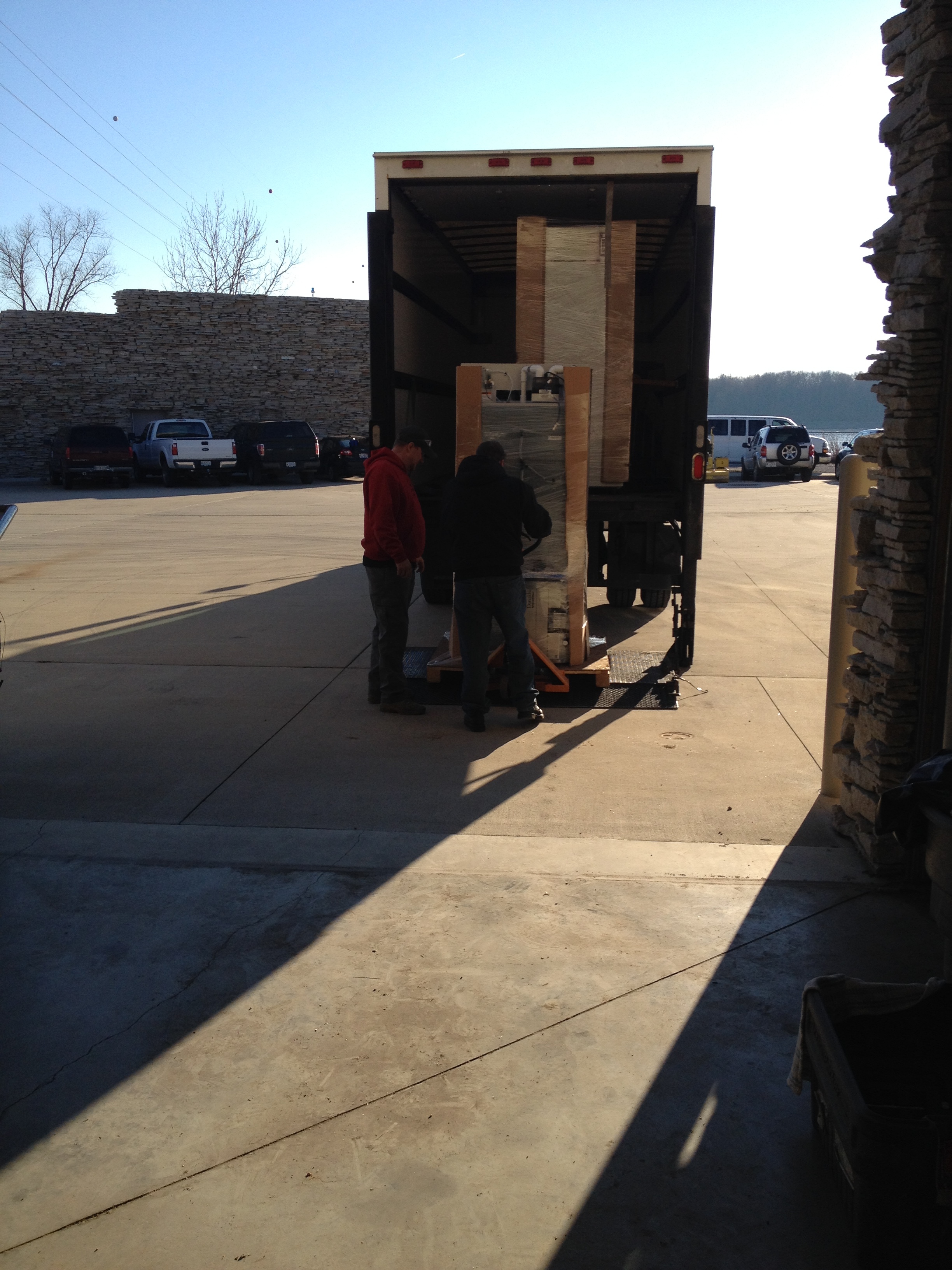Our paper describing our new Video Tracking and Behavioral Annotation Tool (ViTBAT) was presented at the 13th International IEEE Conference on Advanced Video and Signal-based Surveillance.
You can find a pdf of this paper on our PUBLICATIONS page.
Tony gave a talk yesterday on "Body size, temperature and trophic interactions" at the Tyson Research Center, run by Washington University in St Louis. An awesome facility, with a great bunch of staff and affiliates - thanks for hosting.
Our NGRREC Interns presented their posters and seminars over the past 2 days. Awesome work by Alex, Tracie and Elizabeth - both today and over the past 2 months. All three projects went really well, with much scope for extending them into the future.
Tony just back from GRC Conference on "Unifying Ecology Across Scales". Thanks to Richard Sibly and colleagues for organizing such a diverse and interesting group of presenters - always a favorite conference of mine.
Goodbye to postdoc Dr. Tewodros Biresaw - who is leaving to join the autonomous vehicle development project at Ford Motors. Huge congrats Teddy.
Welcome back from Iceland postdoc Carl Cloyed and NGRREC summer intern Tracie Hayes
Our wet lab 12-camera tracking system is now up and running!!! Its been a crazy last few months pulling it all together, but what we have is pretty cool! First up postdoc Dave Daversa will be using the system to explore the intraspecific variability of movement, behavior and their effects on species interactions in salamander larvae and their tree frog prey. New intern Elizabeth Green will be helping Dave with the tracking, and also leading the morphometric part of the project.
Tony just back from a workshop on "Collective animal motion in the wild", held at the Santa Fe Institute. A super interesting workshop with a fun bunch of smart folk, many thanks to Andrew Berdahl and Colin Torney for organising.
Tony back from Iceland - rest of the team (postdoc Carl Cloyed and summer intern Tracie Hayes) are still there for another two weeks. We had an amazing time, with a good start on some science. Thanks to Dr. Eoin O’Gorman and Dr. Becca Kordas for hosting us. Using the Hengill geothermal stream system we are using automated tracking stations to explore the effects of temperature on movement and behavior. After quite a few days of testing and trialing, Carl and Tracie are now hard at work collecting data. We hope the Hengill Stream can become an annual event on the labs field season.
Summer intern Oleksandr (Alex) Loyko using a 3D video camera (Microsoft Kinect) to track the movement of behavior of animals. Here we are getting some video of pollinators on the roof of NGRREC, hummingbirds at a bird feeder, and dragonflies over a small pond out the front of NGRREC.
A warm welcome to three NGRREC interns who just started in the lab. Tracy Hayes will be working on our Iceland project where we are using automated tracking stations to monitor thermal effects on movement, behavior, and species interactions in the geothermally-fed Hengill stream system. Elizabeth Green will be working with Dave Daversa (a postdoc in the lab) to study movement and morphology of amphibian tadpoles. Finally, Aleksandr Loyko will be working on using 3D video cameras (MS Kinect) to automatically track animal movement and behavior. All super exciting projects, and a great bunch of dedicated young scientists!
Environmental climate chambers - and lab renovations in general - are coming together!
Check out a new paper of ours describing the Moorea IDEA (Island Digitized Ecosystem Avatar) project, recently published in GigaScience (you can find a pdf of this paper on our PUBLICATIONS page).
"The IDEA Consortium is a systems ecology open science initiative to conduct the basic scientific research needed to build use-oriented simulations (avatars) of entire social-ecological systems. Islands are the most scientifically tractable places for these studies and we begin with one of the best known: Moorea, French Polynesia. The Moorea IDEA will be a sustainability simulator modeling links and feedbacks between climate, environment, biodiversity, and human activities across a coupled marine–terrestrial landscape. As a model system, the resulting knowledge and tools will improve our ability to predict human and natural change on Moorea and elsewhere at scales relevant to management/conservation actions."
You can read more about the Moorea IDEA consortium on its website, and in a recent Nature news piece.
Glad to be part of the WUSTL community! Tony and the senior members of the lab are now visiting researchers in the Department of Biology at Wash U in St Louis. We look forward to a strong and dynamic relationship with the department for many years to come.
Our 5 reach-in environmental chambers arrived today!
Check out our new paper in The American Naturalist on Real versus Artificial Variation in the Thermal Sensitivity of Biological Traits. Our key result is that because thermal sensitivity is not always strictly exponential, significant biases in its estimation can arise from an inappropriate choice of experimental temperatures. That is, choosing experimental temperature ranges at the cold end of an organism’s tolerance range tends to yield high estimates of sensitivity, and choosing ranges at the warm end yields low estimates. We provide a number of guidelines for accurately measuring thermal sensitivity and for correctly using thermal sensitivity data to model effects of climate change on species and ecosystems.
You can find a pdf of this paper on our PUBLICATIONS page.















